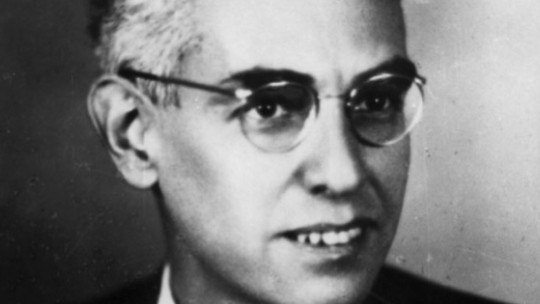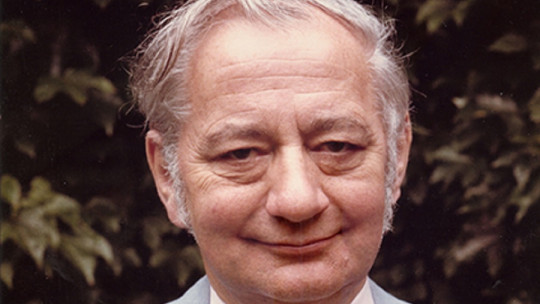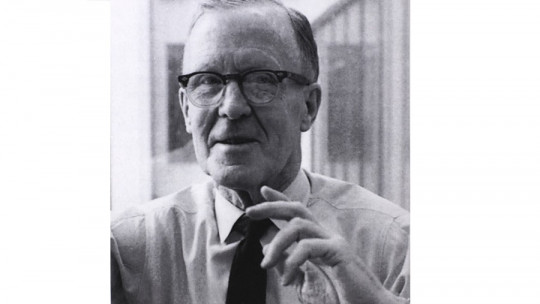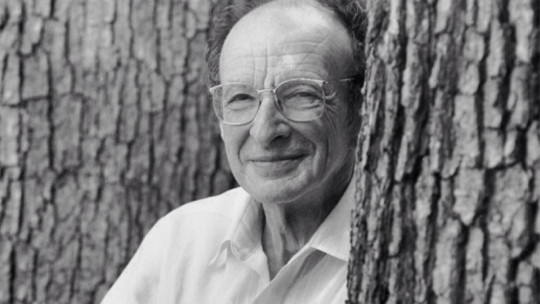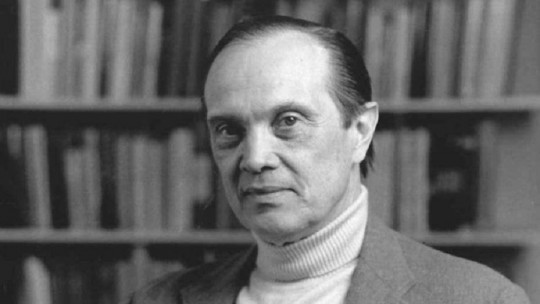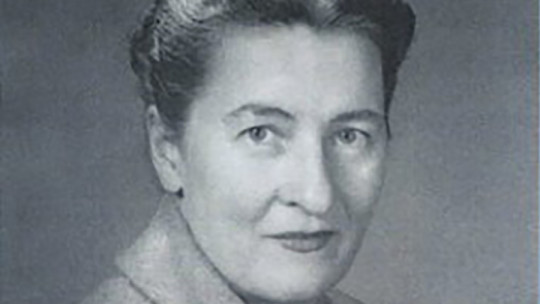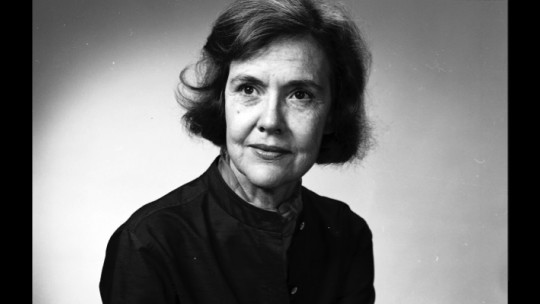Who is Brenda Milner? Why has this woman been so important for the development of psychology, and even more so, neuropsychology? How has her life been? What have been her most relevant contributions?
In this article we answer all these questions; We will do a brief review of the life of this researcher through this Brenda Milner biography pioneer in scientific research.
Who is Brenda Milner?
Brenda Milner is a Canadian neuropsychologist, who was born in Manchester (United Kingdom) on July 15, 1918, at the height of the First World War. Milner worked until she was 90, and today she is 101.
Milner has become a key figure in the field of psychology, especially for his contributions to scientific research, where he has carried out various studies focused on clinical neuropsychology. One of his notable investigations explored the interaction between the right and left hemispheres of the brain
For many, Brenda Milner is considered the founder of neuropsychology. Let us remember that neuropsychology is the discipline that integrates the knowledge of neurology with that of psychology; It is thus concerned with studying the possible injuries or damages that our central nervous system receives, and how these affect psychological and cognitive processes (for example, attention, memory, behavior…).
On the other hand, neuropsychology also studies the different diseases that the nervous system can have, in addition to neurodevelopmental disorders.
Continuing with Brenda’s biography, beyond the research, This scientist has been passionate about teaching She worked at McGil University in Montreal as a professor, specifically in the Department of Neurology and Neurosurgery. She also developed her work as a professor, in this case of psychology, at the Montreal Neurological Institute.
Recognitions and awards
Brenda Milner has been widely recognized for her academic and professional contributions, and can boast of having received more than 20 Honoris Causa doctorates
In addition, it is worth highlighting an award he received in 2014, thanks to his discovery of brain networks specialized in cognition and memory. The award, which was the “Kavli Prize in Neuroscience”, was received along with two other researchers: Marcus E. Raichle (American neurologist) and John O’Keefe (British-American neuroscientist and psychologist).
Origin and childhood
Brenda Milner’s original name, before marriage, was Brenda Langford Brenda was born into a family passionate about music.
Brenda’s father, Samuel Langford, was a journalist, teacher and music critic, and her mother, Née Leslie Doig, was a singing student. However, soon Brenda would move away from her parents’ musical heritage, and she would embark on her journey as a scientist.
The same year of her birth, in 1918 and when she was only 6 months old, Brenda and her mother contracted the “Influenza Pandemic.” It was the most serious pandemic in recent history, causing between 20 and 40 million deaths. Luckily, Brenda and her mother overcame the illness.
Studies
Regarding her education, Brenda’s father taught her, until she was 8 years old, in mathematics, German and arts. Later, the first school that Brenda Milner attended was “Withington Girls School”, and later, in 1936, she entered “Newnham College” (Cambridge), thanks to a scholarship she obtained to study mathematics.
It is important to note that, at that time, Brenda Milner She was one of only 400 women admitted to this highly prestigious school
So Brenda’s journey began with mathematics, but some time later, realizing that “it wasn’t her thing,” Brenda changed and decided to study psychology. She graduated as a psychologist in 1939; Specifically, she obtained a degree in experimental psychology.
One of his notable tutors was Oliver Zangwill, a highly influential British neuropsychologist It was through him that he “inherited” an interest in studying how the brain works and how brain injuries can affect him.
And then… Canada
After graduating with a degree in Psychology, Brenda Milner received another scholarship. This time to continue studying psychology, at the University of Cambridge. However, World War II began, and she and some of her colleagues were enlisted in the collective effort.
At first, they worked helping to design psychological tests for fighter pilots It was there where she met her future husband: Peter Milner, who was an electrical engineer.
Brenda and Peter married in 1944, and then went to live in Canada. Once there, Brenda began working at the University of Montreal, as a psychology professor. There she followed her scientific career and continued her passion for research.
Besides, He began his doctorate in 1950, together with Dr. Donald Hebb , in his department at McGill University. It should be noted that Donald O. Hebb, neuropsychologist, is considered, today, the initiator of biopsychology.
Doctorate
In 1952, Brenda Milner received her doctorate from the Montreal Neurological Institute (MNI) His research focused on the study of patients affected by epilepsy, and on the effects, at an intellectual level, that different damages caused to the temporal lobe.
Once she obtained her doctorate, Brenda continued at the MNI, under the orders of Wilder Penfield, a neurosurgeon specialized in the study of different brain tissues and their functions.
Psychology: morality or science?
One of Brenda Milner’s greatest contributions to the field of psychology was move this science away from morality and bring it closer and closer to scientific knowledge Before his arrival, psychology was considered moral knowledge, and not so much scientific.
That is, through psychology, people’s behaviors were judged as “good” or “bad” according to a series of values, but it was not taken into account that sometimes certain brain or neuronal lesions could influence behavior. of people. With Milner all this changed, and psychology began to be considered more as scientific than moral knowledge.
What Brenda Milner did was, fundamentally, promote knowledge and research in neuropsychology. Through this branch of psychology, she relates the physiology of the brain with cognitive and mental functions. Milner showed how neurology and psychology had many more points in common than previously thought until then.
life enthusiast
Brenda Milner is still working today, and when she turned 100, they dedicated an honorary symposium to her for her birthday. The phrase that Brenda said that day, and with which we stayed, was: ”Everything continues to be a wonderful adventure. I still enjoy it every minute.”
Today, Brenda is one of the most valued female scientists in psychology, and especially in neuropsychology, for her contributions, her doses of humility, vitality and hard work.


